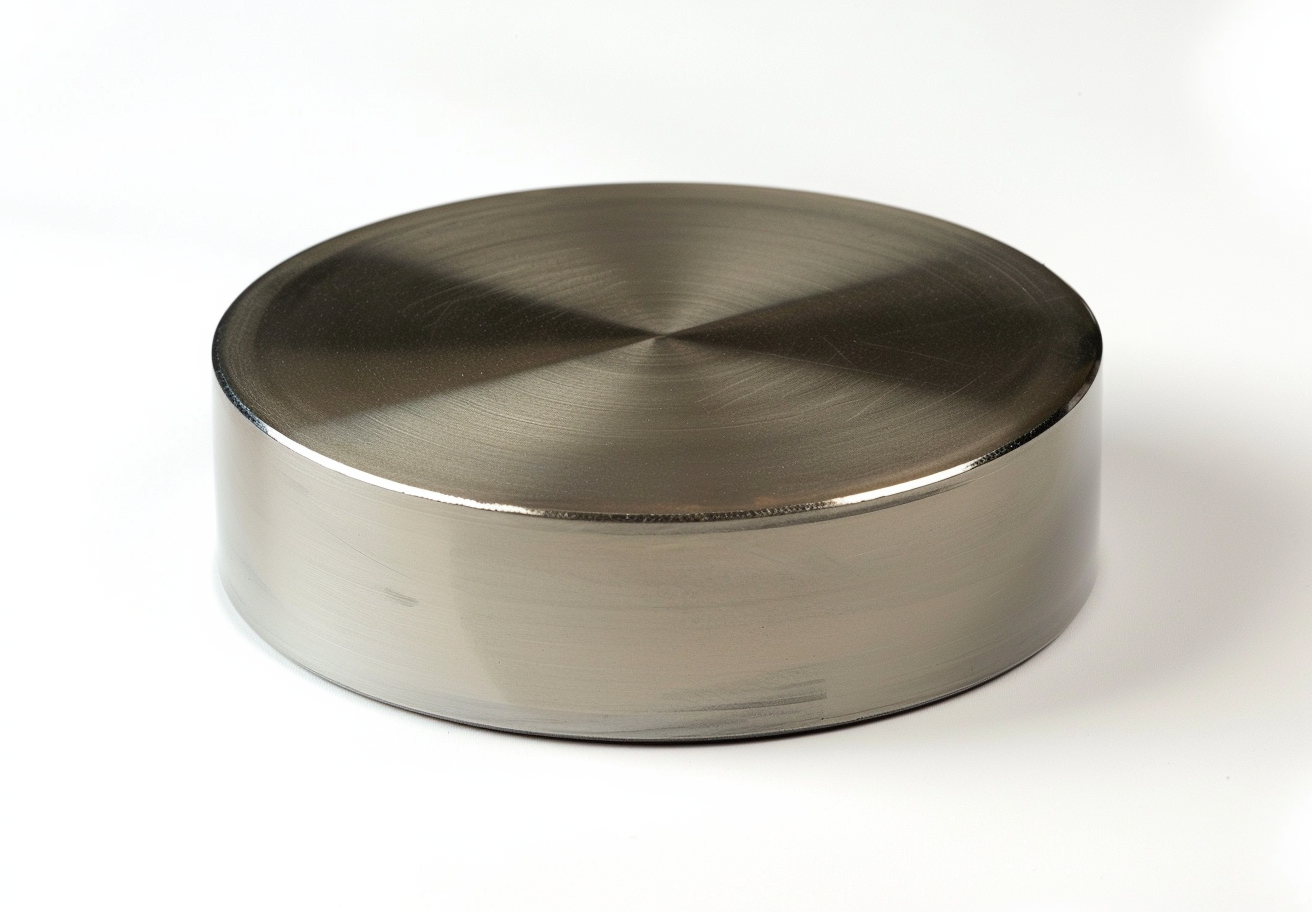Using Nanotechnology To Remove Blood Clots And Detect Cancer
Nanotechnology can be applied to eliminate blood clots in the human body. The objective is to develop minute robot-like structures that circulate in the bloodstream, locate the clot, and dissolve it. This capability is based on nanotechnology’s potential to manipulate individual molecules. The robots employ actuation mechanisms using piezoelectric nanofibres (PTZ). A change in electrical charge within the PTZ device produces vibrational energy actuators.
Nanotechnology may also contribute to the early detection of cancer cells and assist in their elimination. Cancer comprises a group of diseases that are characterised by abnormal cells dividing uncontrollably and infiltrating normal tissues. These cells can also disseminate throughout the body.
The control systems in the robots are located in the upper section and the tail. They are propelled by PTZ nanofibres and are guided by sinusoidal signals. Consequently, scientists can control the robots, enabling them to move to areas where blood clots are present and thereby dissolve and remove the clots from the arterioles.
The application of nanotechnology in cancer detection can occur in several ways, such as during a colonoscopy – an examination of the lining of the large intestine and rectum using a fibre-optic camera. This method allows physicians to identify and remove small polyps before they develop into cancer. The accuracy of this procedure depends on factors such as the speed with which the examination is conducted and the thoroughness with which physicians search for flat lesions.
Nanotechnology enables early detection of cancer cells or precancerous conditions before any visible tumour forms. It may also provide a method for delivering cytotoxic agents to the locations where abnormal cells are detected, thereby eliminating them and inhibiting further growth.

 Bars
Bars
 Beads & Spheres
Beads & Spheres
 Bolts & Nuts
Bolts & Nuts
 Crucibles
Crucibles
 Discs
Discs
 Fibers & Fabrics
Fibers & Fabrics
 Films
Films
 Flake
Flake
 Foams
Foams
 Foil
Foil
 Granules
Granules
 Honeycombs
Honeycombs
 Ink
Ink
 Laminate
Laminate
 Lumps
Lumps
 Meshes
Meshes
 Metallised Film
Metallised Film
 Plate
Plate
 Powders
Powders
 Rod
Rod
 Sheets
Sheets
 Single Crystals
Single Crystals
 Sputtering Target
Sputtering Target
 Tubes
Tubes
 Washer
Washer
 Wires
Wires
 Converters & Calculators
Converters & Calculators
 Write for Us
Write for Us

 Chin Trento
Chin Trento



